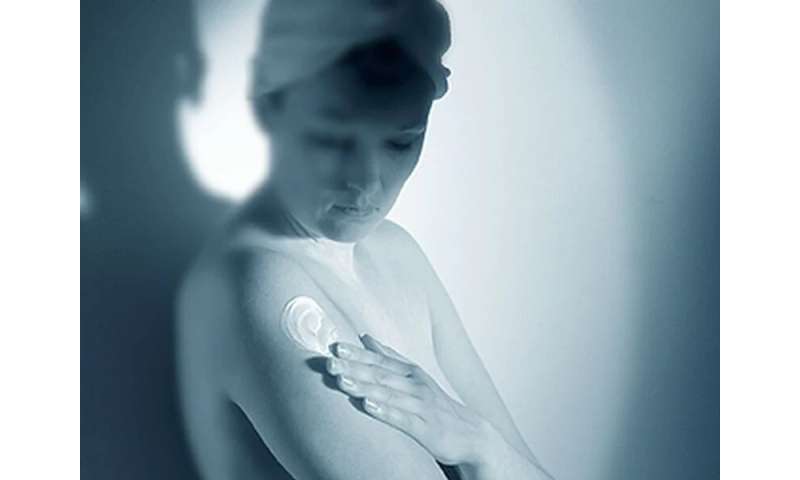
(HealthDay)—Some cases of subacute cutaneous lupus erythematosus (CLE) and systemic lupus erythematosus (SLE) are drug-induced, according to a study published online Sept. 2 in JAMA Dermatology.
Jeanette Halskou Haugaard, M.D., from the Herlev and Gentofte University Hospital in Denmark, and colleagues examined the association between drug use and a subsequent diagnosis of CLE or SLE. The Danish National Patient Register (2000 through 2017) was used to identify 1,298 patients with CLE, 1,850 with SLE, and 31,480 age- and sex-matched controls.
The researchers observed many significant associations between drug use and a subsequent diagnosis of CLE and SLE, with many of these associations likely due to protopathic bias. However, new plausible causal associations were detected for CLE or SLE and fexofenadine hydrochloride (SLE: odds ratio [OR], 2.61; 95 percent confidence interval [CI], 1.80 to 3.80; CLE: OR, 5.05; 95 percent CI, 3.51 to 7.26); levothyroxine sodium (SLE: OR, 2.46; 95 percent CI, 1.97 to 3.07; CLE: OR, 1.30; 95 percent CI, 0.96 to 1.75); metoclopramide hydrochloride (SLE: OR, 3.38; 95 percent CI, 2.47 to 4.64; CLE: OR, 1.47; 95 percent CI, 0.85 to 2.54); and metronidazole hydrochloride (SLE: OR, 1.57; 95 percent CI, 1.09 to 2.27; CLE: OR, 1.93; 95 percent CI, 1.25 to 2.97).
“The study’s findings suggest that physicians should be cognizant about whether a new case of CLE or SLE could be drug induced,” the authors write.
Source: Read Full Article
